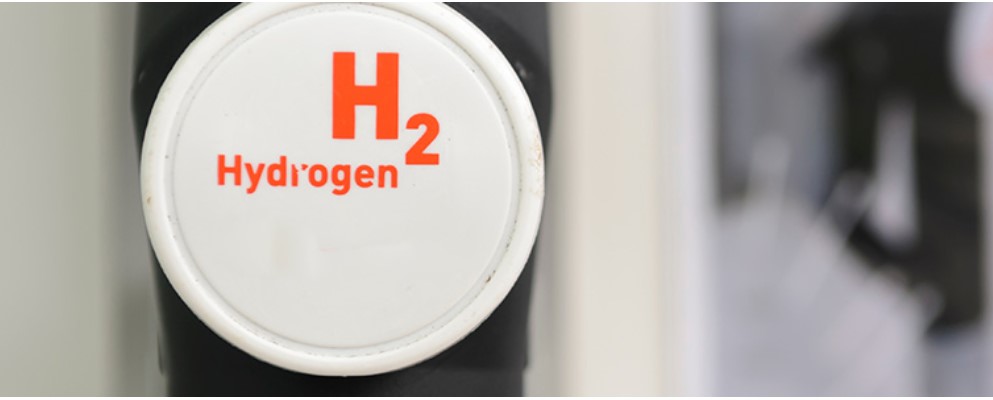(ATF) Global hydrogen equipment manufacturer Chart Industries (Chart) and India’s Reliance Industries (RIL) announced on Wednesday that they will team up to create a new energy transition coalition, called the India H2 Alliance to commercialise hydrogen technology and develop a supply chain in India.
The alliance will work together, with other private-sector partners, and the Indian government to build a hydrogen economy and help develop both blue and green hydrogen production and storage.
Building hydrogen-use industrial clusters and transport use-cases with hydrogen-powered fuel cells, will also be a part of its focus.
These clusters would be formed specifically around steel, refineries, fertiliser, cement, ports and logistics industries – as well as heavy-duty transport use cases, and would see the establishment of standards for storage and transport hydrogen in pressurised and liquified form.
Read more: French energy giant caught in turmoil shadowing Myanmar gas sector
As pressure mounts on energy industries around the world to reduce carbon emissions, governments and companies are betting on clean hydrogen for new energy transition, even with its future uses and costs are uncertain.
In India, for instance, the proposed National Hydrogen Energy Mission aims to mandate fertiliser, steel and petrochemicals industries to shift to green hydrogen.
Besides, India has also been urging automakers to develop vehicles that run on cleaner fuels to curb rampant vehicle pollution in most major cities.
Automakers like Toyota Motor, Hyundai Motor, Tata Motors, Ashok Leyland and KPIT Technologies are already working on India’s maiden initiative to run hydrogen-powered fuel cell-based electric cars and buses, according to reports.
CLEAN FOCUS
Similarly, India’s RIL, already the world’s biggest refining complex operator, had announced last year that it was focusing on clean-energy businesses and increased use of renewable power to help it meet a goal of net zero carbon by 2035.
This petrochemical producer and operator process 1.4 million barrels of crude oil, and has traditionally used its own fossil fuel-fired generation for its giant refineries and manufacturing plants.
Over the next decade, the coalition companies will develop a national hydrogen policy and roadmap, identify demonstration projects, launch an Indian hydrogen fund, and “create capacity, covering production, storage, and distribution of hydrogen,” said a statement.
The Alliance, which is Chart’s second hydrogen announcement, will also become a “cornerstone investor” in this hydrogen equipment manufacturer’s FiveT Hydrogen Fund, along with hydrogen fuel cell maker Plug Power and oilfield services firm Baker Hughes, the statement said.
In the US, Chart became one of the 11 founding members of Hydrogen Forward in February.
HYDROGEN’S POTENTIAL
“The coalition brings together companies invested in all links of the hydrogen value chain from source to service with a common goal of realising hydrogen’s potential to power our daily lives and decarbonise energy intensive industries, such as transportation and mining,” Chart said.
“Dedicated to delivering clean hydrogen projects at scale,” the companies will invest $307 million in the fund, and they are seeking other investors to raise a total of $1.18 billion”, it added.
Virtually all the hydrogen consumed in India today is grey hydrogen, produced from natural gas, which emits about 9 metric tonnes of carbon dioxide (CO2) per mt, according to Chart.
BLUE AND GREEN
Chart’s focus with Reliance will be on blue hydrogen (CO2 emissions are captured or offset) and green hydrogen, it added.
“Through the India H2 Alliance, we will bring best-in-class hydrogen technology, equipment, and know-how to create a hydrogen supply chain in India,” said Jillian Evanko, CEO of Chart Industries. “By prioritising national hydrogen demonstration projects, innovations to further reduce the cost of hydrogen will become prominent, locally.”
Anurag Pandey, research and development team lead at RIL, said in a statement that India needs to identify and execute large-scale hydrogen demonstration projects if it wants to be part of the global supply chain for hydrogen.
























